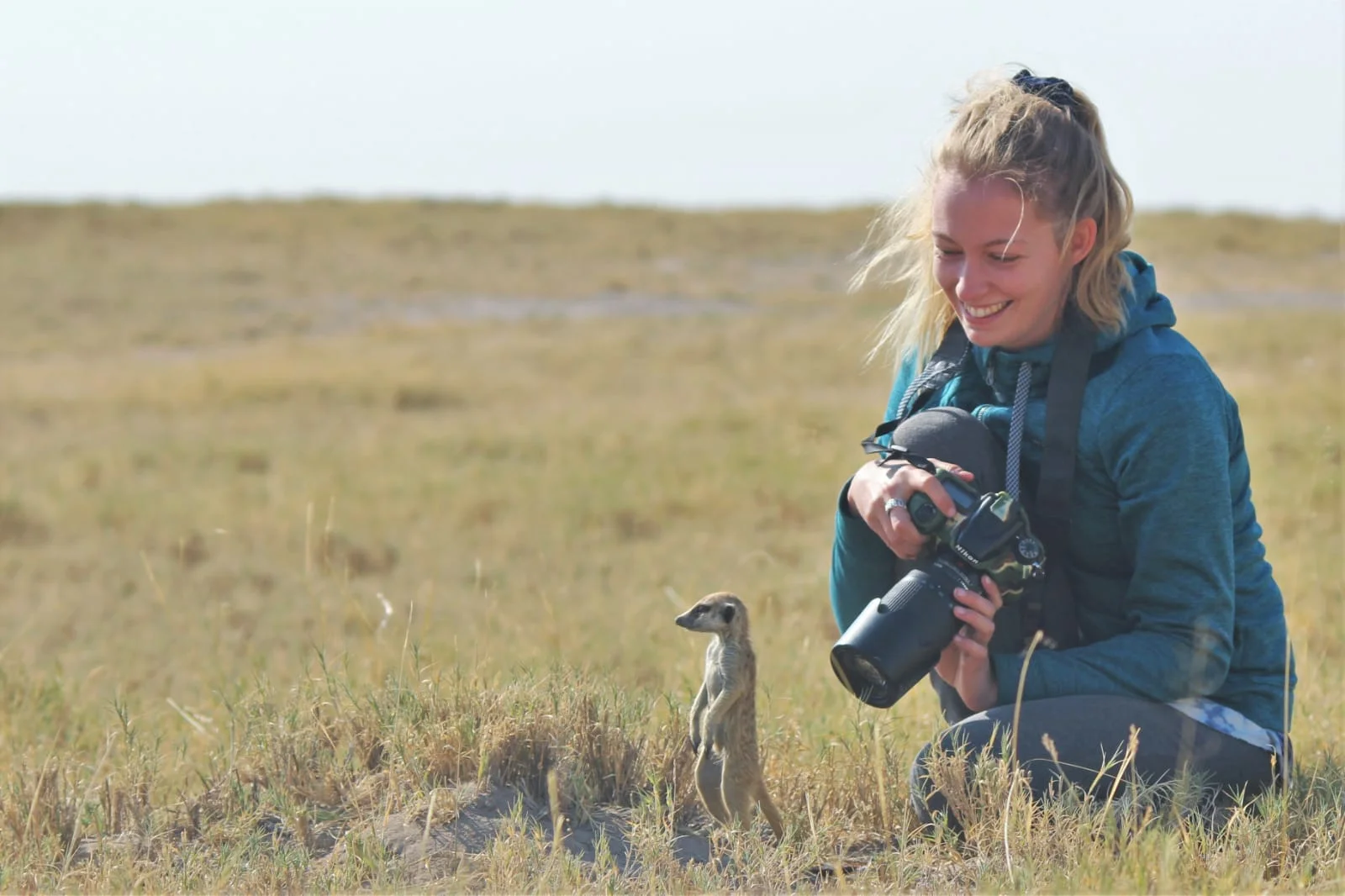The first output from my PhD was published in nature’s Scientific Reports on 03/09/2020, please take a read by clicking here.
Entitled “Importance of old bulls: Leaders and followers in the collective movements of all-male groups of African savannah elephants.” It is open access, and free to read by all!
Amazingly, the paper was picked up by over 140 news outlets from every corner of the globe, with highlights below:
Check out these camera trap videos of elephants of my 4 age classes! The two adolescent or “teenage” classes are the 10-15 and 16-20 years, and the mature bulls are 21-25 years and 26+ years. You will notice a drastic difference in body size, height, head shape and size, tusk girth etc. across the ages!
At the current rate of 30,000 elephants killed every year to fuel the ivory trade, its estimated that African elephants could be extinct in our lifetime. There has never been a more crucial time to secure a safe future for Africa’s elephants.
Whilst numbers dwindle across Africa – Botswana is a safe haven for elephants and stands as the perfect location to study these animals in their most natural conditions and to better understand their ecological and social requirements.
To strive for coexistence with local human settlements, we need to improve how we manage and conserve elephant populations. I argue we simply do not have enough scientific information available on the complex social networks and social dynamics of male African elephants to be making such impactful decisions.
Before decisions are made concerning trophy hunting of elephants, and what elephants we introduce to new areas when attempting relocations to expand the range of African elephants – we need to first understand the social requirements of this species, this is the focus on this research. Poorly planned species management in the past has often just worsened the situation, and even lead to increased conflict with humans.
Impact for African Elephant Conservation...🐘
My project will explore the complexities of male African elephant society in the Makgadikgadi Pans National Park. Findings will have a wide reaching impact on wildlife management and conservation decisions internationally, for example in better selection of appropriate targets (if any) of hunting quotas and deciding upon suitable population demographics of translocation/ reintroduction schemes. Poorly planned decisions, without a scientific basis could have a negative impact on the wider community (both of elephants, other species, the environment and human settlements).
Examples of mismanagement include but are not limited to;
Removal of older bull “leaders” from male society through targeted trophy hunts (Older individuals are the preferred targets in legal and illegal hunting activity, owing to their desirable larger tusks and body size) leading to a loss of essential ecological and social knowledge from communities. And secondly, disruption to the social cohesion of bull society through loss/ lack of mature bulls leading to pre-mature and disruptive musth* in adolescent males. This is in reference to an infamous case where in Pilanesburg National Park, South Africa, a poorly managed translocation of adolescent males and lack of dominant, older bull mentors lead to musth in these young males being entered up to ten years prematurely. They killed 10% of the parks white rhino population, excessively damaged property and trees and even caused human mortality in their enraged state.
*Musth is a periodic condition in bull (male) elephants, characterised by highly aggressive behaviour and accompanied by a large rise in reproductive hormones. Testosterone levels in an elephant in musth can be as much as 60 times greater than in the same elephant at other times.











